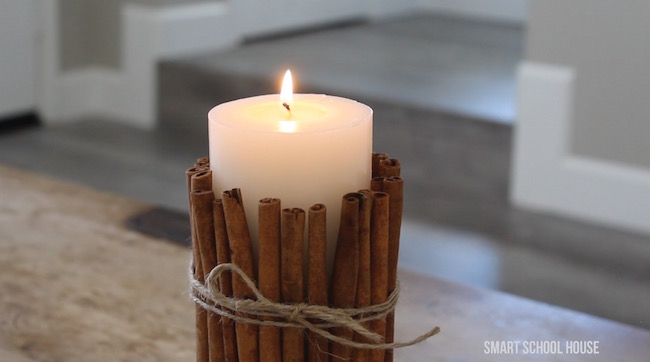There are a variety of candles in the market that can help to enhance the scent of your home. Some top choices include candles made by Alicia Keys, the aromatic Voluspa candles, and products from Loewe. No matter what your preferences are, you can discover a candle that will create a delightful fragrance in your home.
Alicia Keys’ hand-poured candle
Alicia Keys’ hand-poured candle can be the perfect way to freshen up your home. This candle burns for 60 hours and contains a mixture of sandalwood, patchouli (amber), musk, orange, tangerine, and mango. With lyrics by Keys on the label, this scent is sure to make your home smell amazing!
The hand-poured candle comes in a palm-green glass package and contains a mix of fresh coconut water, spicy wild lily and bright tropical mango wood. This candle’s scent is inspired by Chebe, an African beauty ritual that dates back a thousand years. The warm, woody notes of this hand-poured candle are reminiscent of frankincense and sandalwood. Moreover, 2% of the sales of the candle are donated to conservation projects in Africa.

Alicia Keys’ scented candle
The Alicia Keys scented candle is a beautiful new way to add the singer’s signature scent to your home. It features florals, sparkling citrus and fresh green accords in a simple glass vessel. Alicia’s scented candle will last about 50 to 60 hours. It is the perfect way to relax and unwind after a stressful day.
It is so inviting and soft. It will bring you back to your true self, allowing you to fully enjoy the moment and feel at ease. The key ingredients include sandalwood, patchouli, amber, musk, tangerine and mango. It burns for 60 hours and has Alicia Keys’ mantra.
Voluspa’s 20-hour burn duration
If you’re looking for a luxurious scented candle, Voluspa has just the thing. The coconut-based candles are beautiful poured into decorative containers. They have six different scents and each one has a 20-hour burn time. Voluspa has the perfect scent for you, whether you are looking for a sweet scent such as vanilla, cinnamon, or peppermint.
Voluspa is a family-owned business based in California. Traci Arntsen, the company’s founder, is an expert in aromatherapy and essential oils. Her business acumen has made Voluspa one of the leading luxury fragrance candle companies in the world.
Voluspa is known for its fragrances, which stand out in a crowded market. The aromas are complex and mouthwatering. They also have a long burn time, making them a great investment for your home.
Loewe’s scented candles
You’ll love the rich and enticing aroma of Loewe’s scented candles. Each one is crafted with plant-based ingredients and comes in a generous 150ml jar. Jonathan Anderson, Loewe’s Creative director, has drawn inspiration from the natural essence of the garden to create his creations. He collaborated with Nuria Cruelles, the in-house perfumer, to create eleven unique scents.
There are many styles and sizes available for scented candles. The Benevolence LA candle is a great choice for any room. The natural wax and wood wick make it burn slower and evenly. There are also scented water and incense sticks available.
Yankee Candles’ Personalized Candle
If you want to make your home smell amazing, consider purchasing a Personalized Candle. Yankee Candles come in many sizes and scents. You can even customize a candle with a photo or personal message. A personalized candle can be made to commemorate a special occasion such as your wedding day.
There are many scents you can choose from, but the most popular ones are cinnamon and orange. These scents create a cozy atmosphere, and many people love them during the fall months. These candles are available in a variety of sizes, and you can also find them in car air fresheners.
The company’s Personalized Candle features a cotton wick that guarantees no soot. They also have a 50-hour burn time.
















